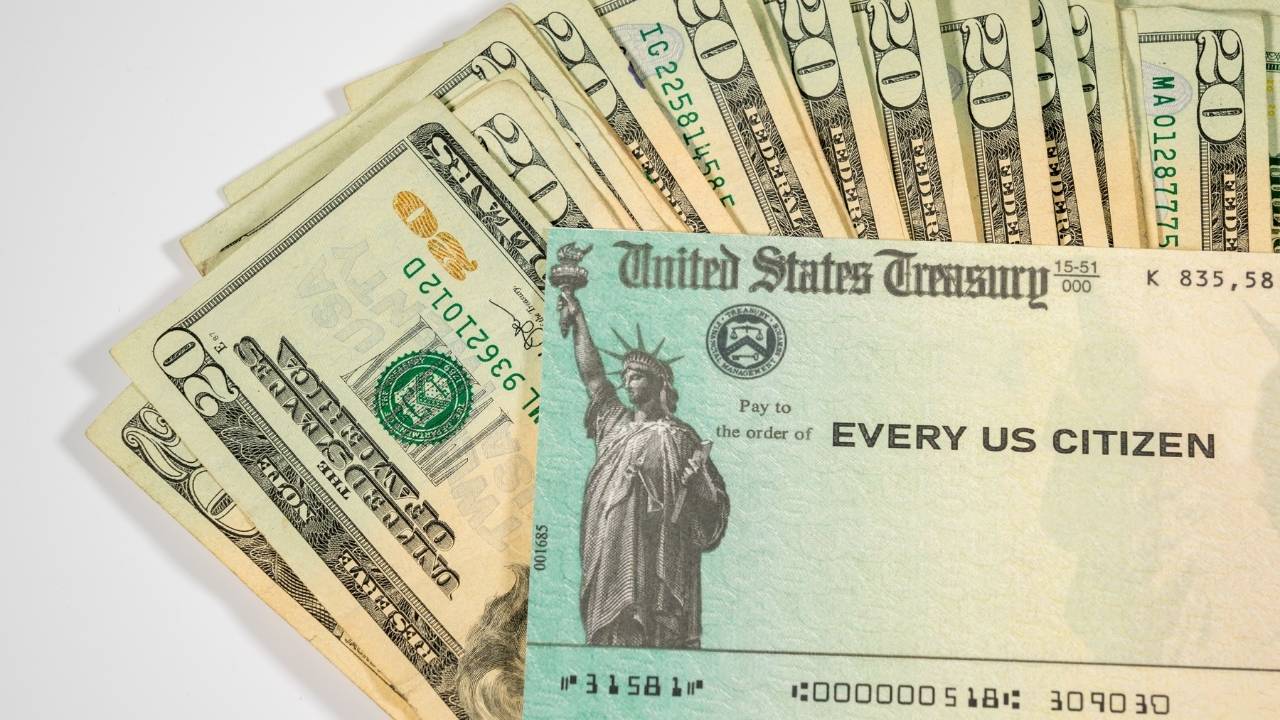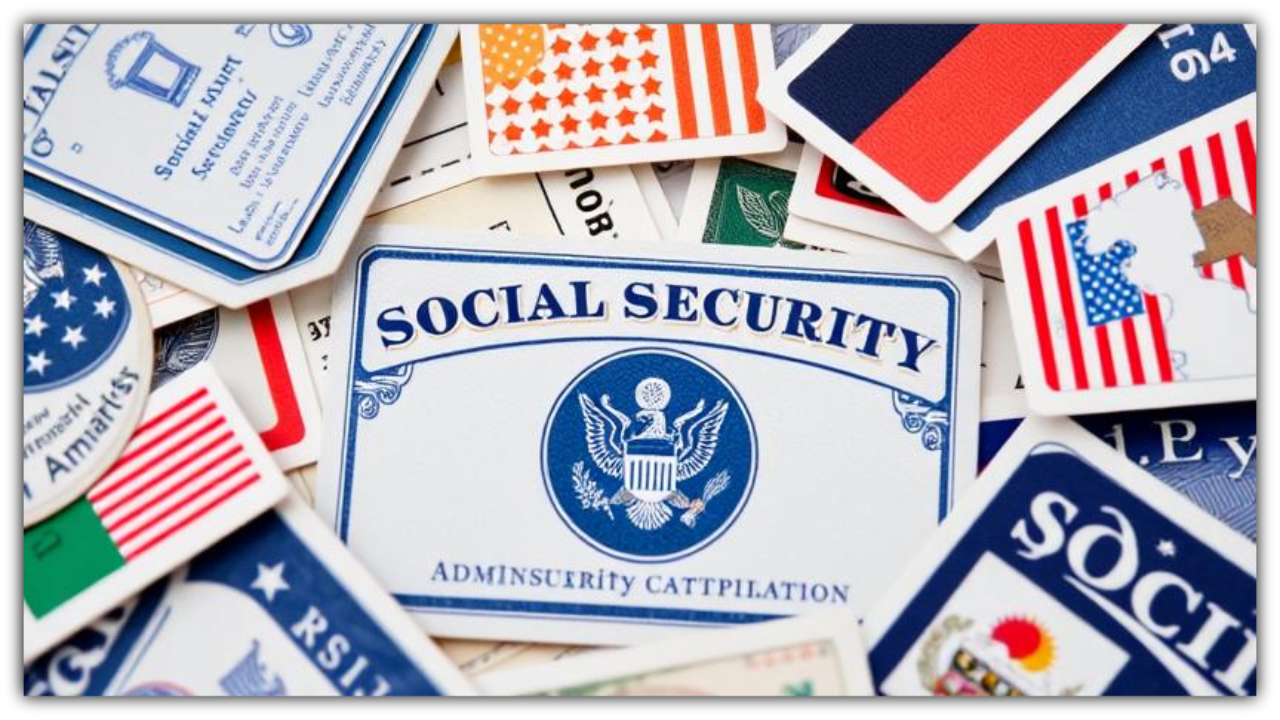The IRS is distributing $1.4 billion in payments to about one million Americans who missed out on the Recovery Rebate Credit on their 2021 tax returns. These automatic payments aim to provide overdue financial relief for eligible individuals. Here’s what you need to know.
What Is the Recovery Rebate Credit?
The Recovery Rebate Credit is a special tax credit that allows people to claim stimulus payments they were entitled to but did not receive during the COVID-19 pandemic. It applies to those who didn’t get the first, second, or third rounds of Economic Impact Payments (EIPs) issued between 2020 and 2021.
Who’s Getting These Payments?
Around one million taxpayers are set to benefit. These individuals filed their 2021 tax returns but either didn’t fill in the Recovery Rebate Credit section or incorrectly entered $0 despite being eligible. Now, they’re getting automatic payments of up to $1,400 per person.
When and How Will Payments Be Sent?
The IRS began sending out these payments in December 2024, and most people should see their funds by late January 2025. Payments will be deposited directly into the bank account listed on your 2023 tax return or sent as a paper check to the address on file. Look out for a letter from the IRS confirming your payment details.
What If I Haven’t Filed My 2021 Taxes?

If you haven’t filed your 2021 tax return yet, there’s still time to claim the Recovery Rebate Credit. The IRS has extended the filing deadline to April 15, 2025. Even if you have little or no income, filing could get you a refund.
A Quick Recap of Stimulus Payments
The government issued three rounds of stimulus checks during the pandemic:
- March 2020: Up to $1,200 per person and $500 per dependent.
- December 2020: Up to $600 per person and $600 per dependent.
- March 2021: Up to $1,400 per person and $1,400 per dependent.
These payments were lifelines for millions of Americans during economic uncertainty, and the Recovery Rebate Credit ensures no one misses out.
What Should You Do Next?
You don’t need to take any action if the IRS already identified you as eligible. For those who haven’t filed their 2021 tax returns, now is the time to do so. Visit the IRS website or consult a tax professional to ensure you don’t leave money on the table.



